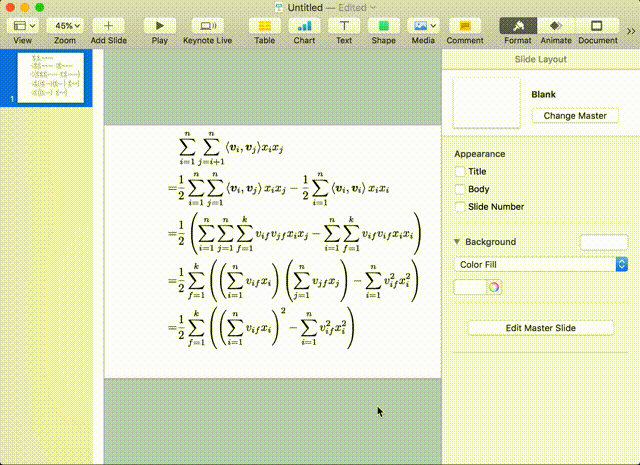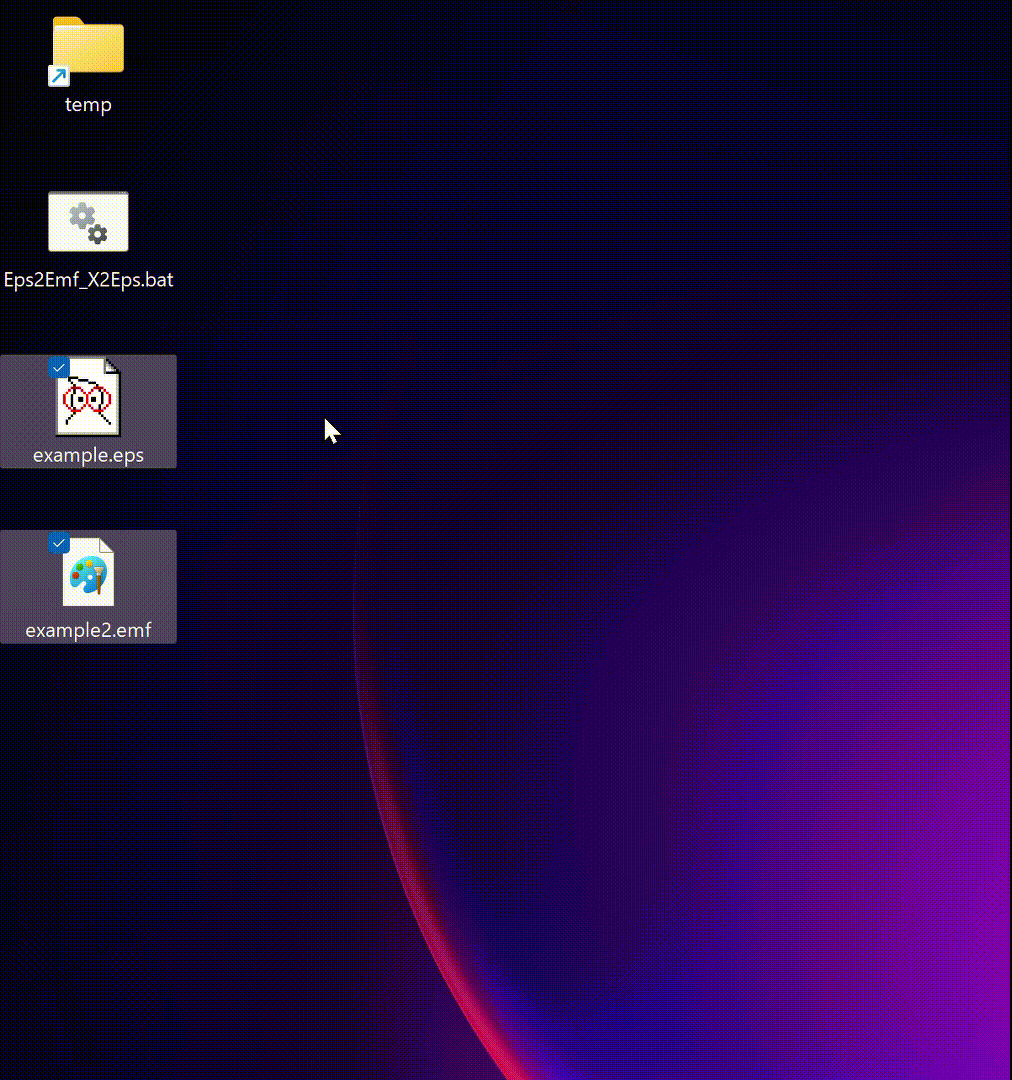

- #Latexit emf export how to
- #Latexit emf export 32 bit
- #Latexit emf export windows 7
- #Latexit emf export windows
#Latexit emf export windows
One big problem with WMF/EMF support in Windows is that the standard is pretty loosely documented and the few application that support it have all their own interpretation of the standard. EMF export is not really something it does support. Now LabVIEW can import WMF and even EMF to some degree from the clipboard but as soon as you do anything with the image in LabVIEW, it will be converted to a bitmap image. WMF is a much more limited format than EMF and applications who only understand WMF see an EMF stream as unintelligent gibberish. An application which understands EMF can support WMF if it is written in the correct way.
#Latexit emf export 32 bit
I've checked all the ways to produce a metafile ( Export, Save Selection As…, Save Graphic As…, FrontEndTokenExecute, "SelectionConvert", "Metafile"]) and got identical results: exported metafile has 50% white margin added at the right and at the bottom.EMF is the enhanced version of WMF, in several ways actually including the fact that the coordinates used were extended from 16 bit integers to 32 bit integers.
#Latexit emf export windows 7
I confirm this problem with Mathematica versions 5.2 ( Export as WMF because this version doesn't support EMF export), 8.0.4, 10.4.1 and 11.0.1 on Windows 7 圆4 when the system-wide screen resolution is set to 150% on the OS level.
#Latexit emf export how to
SuperUser: High DPI screen & Windows: how to make programs behave as on low-res screens?īlurred frontend text in Mathematica 10, Windows, High-DPI Display MSDN: Writing DPI-Aware Desktop and Win32 Applications TechNet: Tip: Optimize Display Scaling and Fix Scaling Issues on Windows 7 Then check Export to EMF: now generated EMF figure has no white borders when pasted in MS Word: Now you need to log off the user and then log on the user again for the changes to take effect. It is recommended to backup important data before you proceed.įor changing the value of this key, open the Windows Registry Editor and select HKEY_CURRENT_USER\Software\Microsoft\Windows\DWM key on le left:ĭouble click on the "UseDpiScaling" DWORD key on the right, enter 0 and press Enter. The value 0 corresponds to the checkbox being checked, and the value 1 corresponds to the un-checked checkbox.Ī word of warning: modifying the system registry is a potentially dangerous operation which may damage your system. But what if you really need resolution exactly 150%? It is possible! By monitoring the system registry I've found that the "Use Windows XP style DPI scaling" checkbox in the second dialog corresponds to the "UseDpiScaling" DWORD key in HKEY_CURRENT_USER\Software\Microsoft\Windows\DWM. Therefore Mathematica version 11.0.1 either still isn't DPI aware or has a bug in how it marks itself as DPI aware.

A side note: according to the above citation, this checkbox shouldn't have effect on applications which correctly mark themselves as DPI aware via manifest.After changing the resolution you need to log off the user and log on the user again for the changes to take effect, and you'll see that the problem with Export to EMF disappeared! Moreover, if you manually check this checkbox for resolution 150%, it will be un-checked automatically! But it will be kept checked if you enter, for example, resolution 160% in the " Scale to this percentage of normal size" combo box of the second dialog. This checkbox is checked by default when you select resolution 100% or 125% on the right, but it is un-checked when you select resolution 150%. This applies to most traditional Win32, GDI based applications.

The OS will also virtualize the system DPI for that application, so that it thinks it is running at 96DPI. In this case, the composition engine will use your graphics hardware to scale the bitmap output of the window to a larger size, and apply an input transform to any mouse-clicks on the window to route them back to the right place in "real coordinates" for the application. Un-checking this checkbox causes Windows to use the desktop composition engine to perform DPI scaling for all applications that don’t explicitly mark themselves as DPI aware via manifest. Notice the " Use Windows XP style DPI scaling" checkbox - it is the key! But what it does? Citing this article (emphasis is mine), When clicking on this item you get the following dialog: Apart from the three alternative resolutions 100%, 125% and 150% suggested on the right pane, there is the " Set custom text size (DPI)" item on the left pane:


 0 kommentar(er)
0 kommentar(er)
